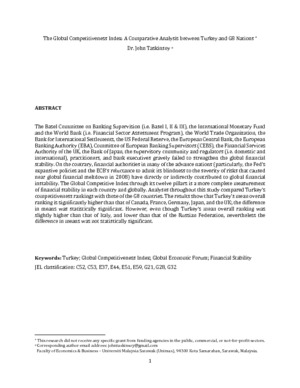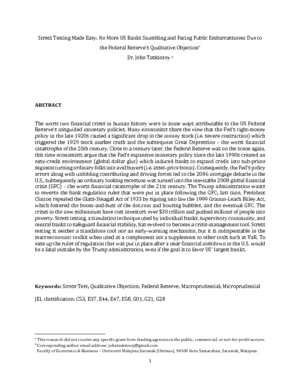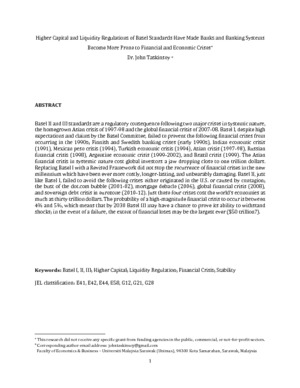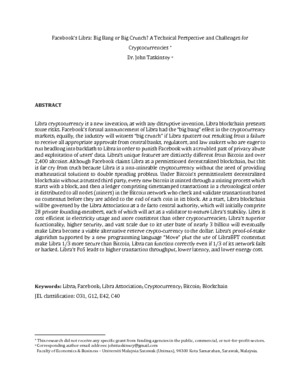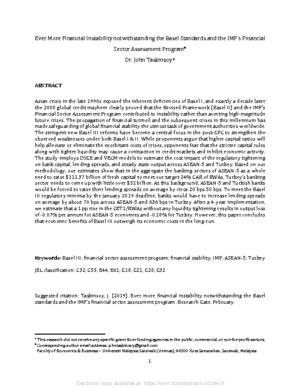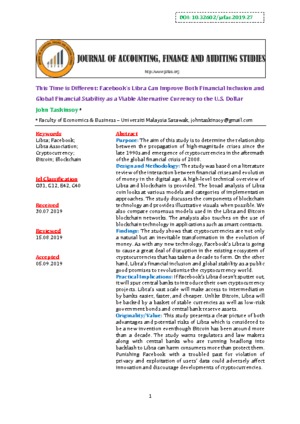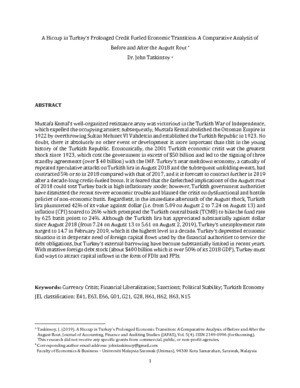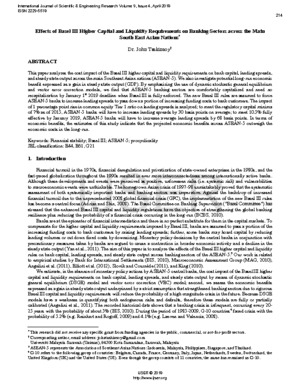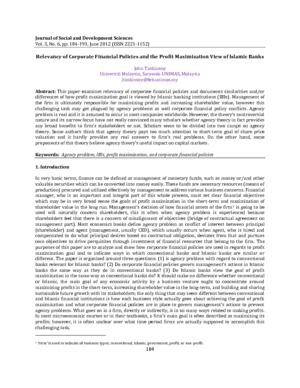- Suggested keywords :
- dust(1)
- Researchers(47)
- standard(3)
- ceramic(2)
- domain(1)
List of Categories and SubCategories
Change Your Picture

Widening Development Gaps Between Asean-5 And Advanced Nations
JOHN TASKINSOY
VIEWS
1463
INFO
more

- Category : Business
- Size : 1258782
- By : JOHN TASKINSOY

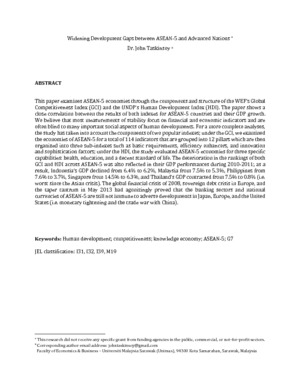

Using Your Google Account
Google Login/Sign up
OR
Recover Your Password
Abstract
This paper examines ASEAN-5 economies through the components and structure of the WEF’s Global Competitiveness Index (GCI) and the UNDP's Human Development Index (HDI). The paper shows a close correlation between the results of both indexes for ASEAN-5 countries and their GDP growth. We believe that most measurements of stability focus on financial and economic indicators and are often blind to many important social aspects of human developments. For a more complete analyses, the study has taken into account the components of two popular indexes; under the GCI, we examined the economies of ASEAN-5 for a total of 114 indicators that are grouped into 12 pillars which are then organized into three sub-indexes such as basic requirements, efficiency enhancers, and innovation and sophistication factors; under the HDI, the study evaluated ASEAN-5 economies for three specific capabilities: health, education, and a decent standard of life. The deterioration in the rankings of both GCI and HDI across ASEAN-5 was also reflected in their GDP performances during 2010-2011; as a result, Indonesia’s GDP declined from 6.4% to 6.2%, Malaysia from 7.5% to 5.3%, Philippines from 7.6% to 3.7%, Singapore from 14.5% to 6.3%, and Thailand’s GDP contracted from 7.5% to 0.8% (i.e. worst since the Asian crisis). The global financial crisis of 2008, sovereign debt crisis in Europe, and the taper tantrum in May 2013 had agonizingly proved that the banking sectors and national currencies of ASEAN-5 are still not immune to adverse developments in Japan, Europe, and the United States (i.e. monetary tightening and the trade war with China).
Recommended Papers

